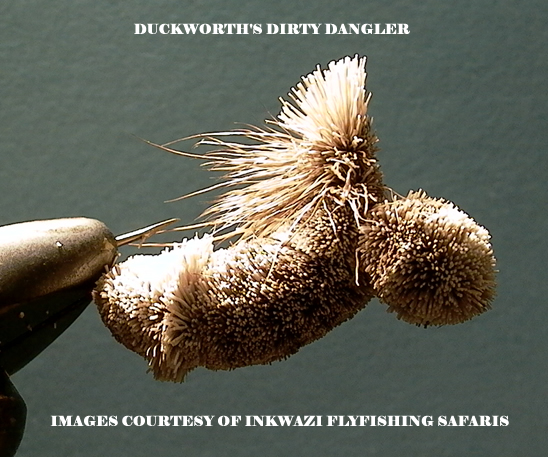Several people have commented on my weird looking (some have been unkind enough to use the epithet ‘ugly’), landing net, so I thought it was worth discussing it in a blog post.
I first saw a similar net on one of the videos from the ‘Andy and IB fishing channel’; if you haven’t seen these two in action, I recommend that you do. They have a lot of fun on the water and present information, particularly of value to novices, in a concise and sensible way. Some of the best basic instructions on Euro-nymphing I have found on line to be honest. Link Here
Anyway, it got me thinking, because in this day and age we all tend to carry as much photographic kit as we do fishing gear and being able to take images of one’s catch, without causing them additional stress is a good thing. My previous nets, things of beauty to be sure, were hand crafted wooden designs which floated, but not that well, and I really liked the idea of having a net which I could literally leave alone.

It isn’t just getting ready to take photographs or video though: at my age, before I reach for the camera or the forceps, I first need to locate my reading glasses, remove my polaroids and generally sort myself out before attempting hook removal and such. The net proves to be all the more useful when fishing alone and wanting to record the moment.
So, I modified my one net with the addition of foam from a pool noodle, the noodle cut in half and then attached to the rim of the net with cable ties. I don’t doubt that one might come up with a neater version but it works, in fact it works a lot better than I had ever expected. You may notice that there is an offset gap in the foam and this is there to allow me to attach my fishing net magnet to the frame such that it sits at an angle on my back when fishing, making for easy, one handed deployment when required. The net is equally attached to me with a clip type aluminium carabiner, and a short length of prussik cord, such that I can unhook it entirely should I need to. One can simply unclip the net and leave it, and the fish, happily in a back eddie whilst you search pockets, turn on the camera, locate your reading specs and forceps; you could light a fag and eat a sandwich for that matter, the fish seem quite unperturbed.
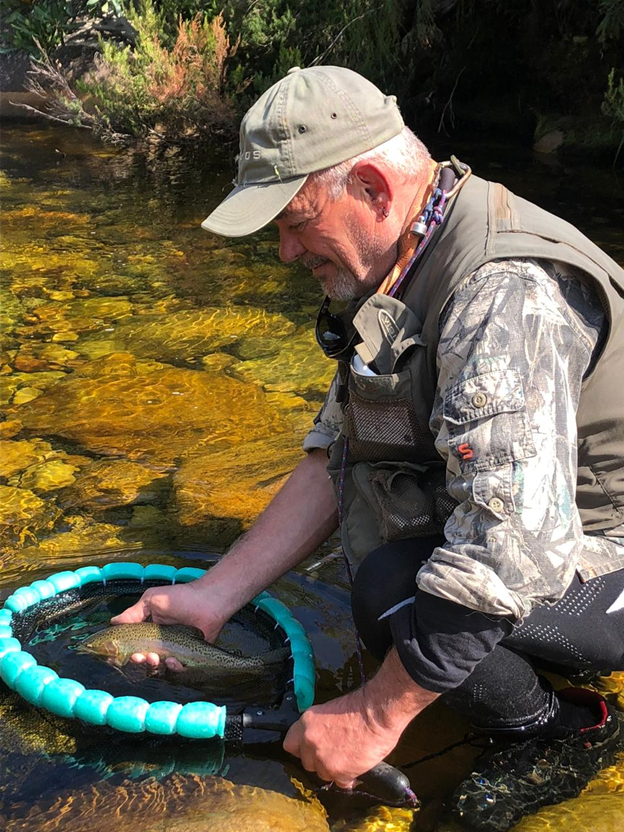
The original concept was to be able to leave the fish safely in the net whilst I gathered my thoughts and camera gear, but it soon proved be far more of a boon than I might have anticipated.
Firstly, there is virtually no need to handle the fish, even when one is struggling to remove a hook the fish can stay in the net and mostly in the water.
Secondly, the fish seem to relax very quickly in the net, you will see this in several of the images here, and they equally very very often manage to shed the barbless hooks before I need to intervene, further reducing any trauma.
Fishing regularly with very light tippet it also means that should I snag a fly in my hand and snap the connection or something similar, the fish is still safe and relaxed and I can set about getting the hook out even if I have busted it off.
In an extreme example, not long ago I was fishing a competition and got separated from my controller; with this floating net I was able to carry on fishing, capture three trout and leave them all in the net until my controller caught up and was able to measure them.
It also seems to me that the fish recover far better; they can be left alone to catch their breath and then be either simply tipped out of the net or perhaps lifted part out for a photo op, before being released.
All too often the trout are so relaxed that when one puts them back into the stream they sit quietly, not exhibiting any degree of panic and regularly swim off very strongly without need of further resuscitation.

I am going to go as far as to suggest that if you are serious about effective catch and release fishing this modification is actually essential. I am pretty sure that the day will come when most anglers are using very similar equipment.
You will find some commercial models which are similar, although the ones that I have seen don’t float as well, even if they look a bit nicer than my one.
One other factor, seen in at least one commercial version, was that the mesh is plastic or rubber coated and tends to float up in the water. That is NOT what you want, you want the mesh to sink and the frame to stay on top of the water, so take care, not all nets are as effective in this regard.
It won’t take half an hour or so to make this kind of modification to your existing net, and even then, it is an entirely reversible add on, should you decide that you don’t like it. For me it is an absolute winner, actually not just for me but the trout too and I am convinced it is a far better way of dealing with fish which you intend to let go. (for me that is all of them).
If you found this of interest please consider subscribing to the blog to be kept abreast of new posts, you are equally most welcome to make a comment and perhaps have a look at past posts, many of which have remained popular and relevant even years after they were written.
Ebooks available on line by the author of this blog:

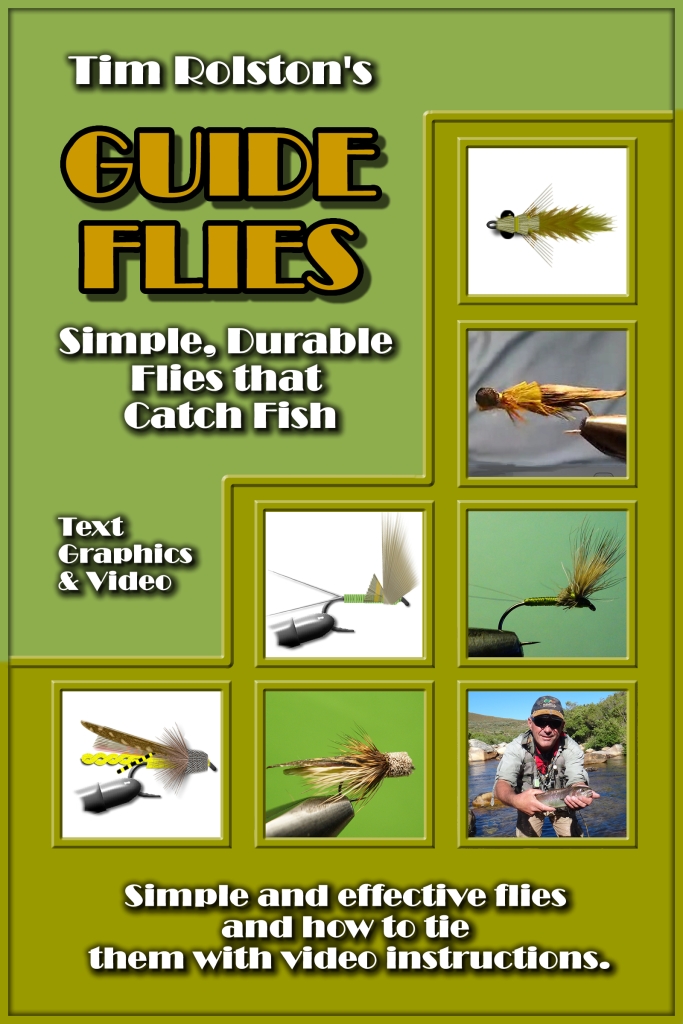




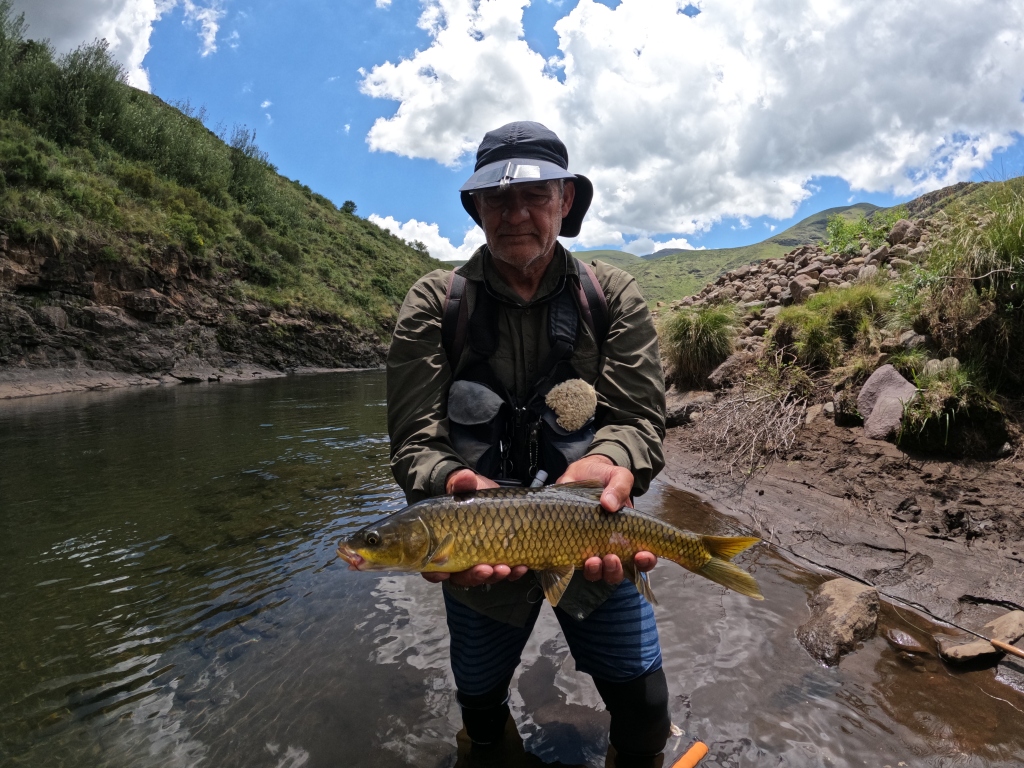
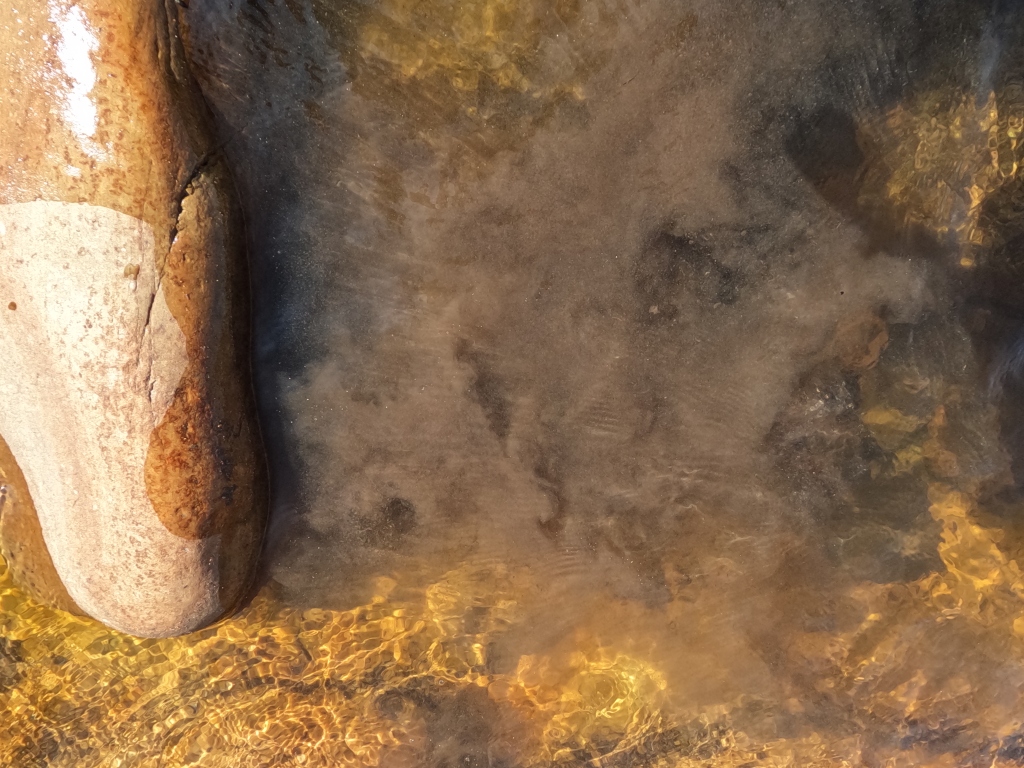
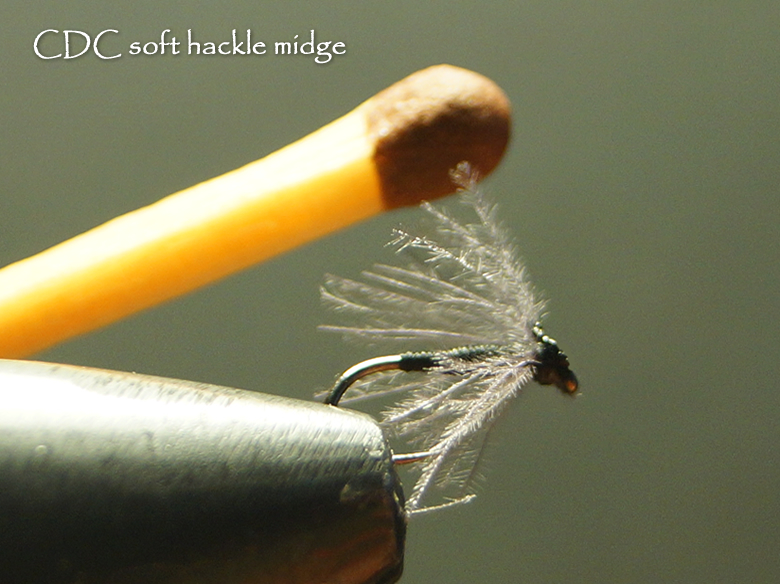









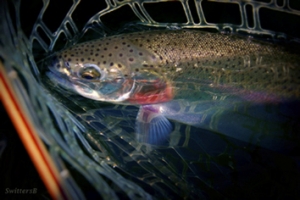
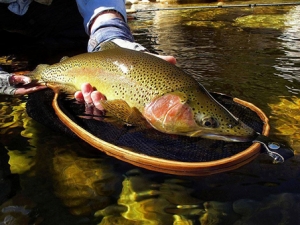
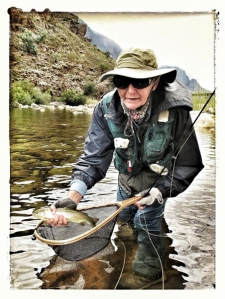
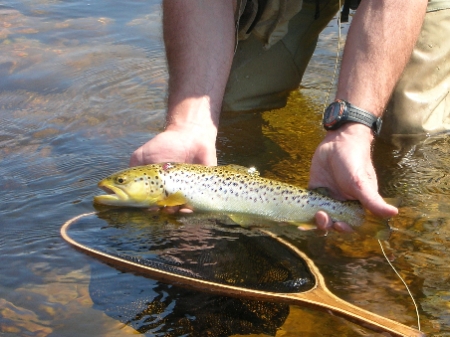
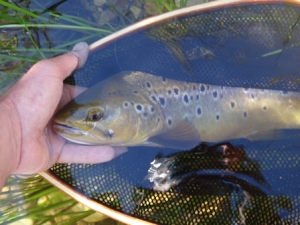
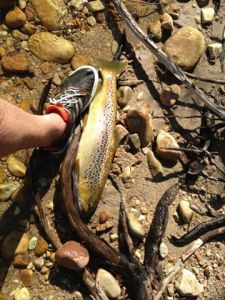


 The Arundell Arms in Lifton, an English Fly Fishing Institution.
The Arundell Arms in Lifton, an English Fly Fishing Institution.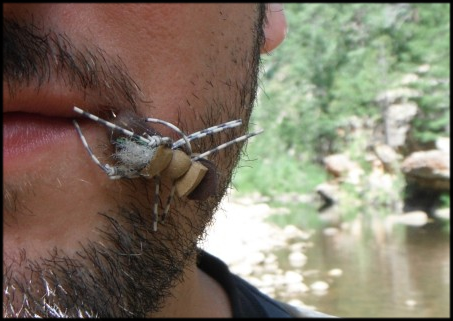 This is when you start to think “I should have taken the barb off”.
This is when you start to think “I should have taken the barb off”.



 Images such as this are generally now viewed as unacceptable, perhaps barbed flies should be viewed in the same way?
Images such as this are generally now viewed as unacceptable, perhaps barbed flies should be viewed in the same way?








